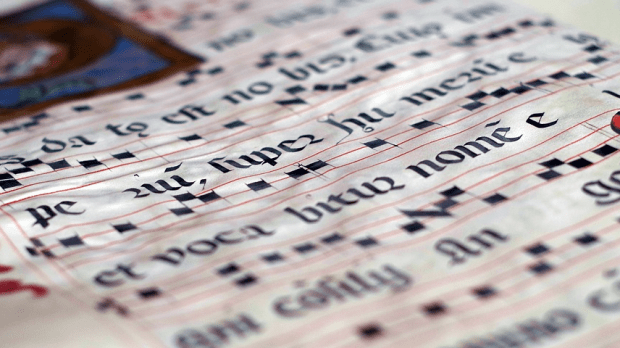Lenten Campaign 2025
This content is free of charge, as are all our articles.
Support us with a donation that is tax-deductible and enable us to continue to reach millions of readers.
The Rosary is surely among the most popular non-liturgical prayers in Christianity. It has appealed to people of all stations in the Church: Eastern or Western, rich or poor, religious or laity, educated or not, the Rosary is surely found everywhere the Church is. Recommended by popes and saints alike, the Rosary has been said to provide those who pray it with exceptional spiritual benefits.
The history of the Rosary is a long, intricate one. Tradition attributes to St. Pachomius the invention of the prayer rope (usually made either of virgin wool — symbol of the purity of the Lamb of God — or of silk threads, braided with knots) back in the 4th century, making this devotional accessory as old as monasticism itself. It is also said it was St. Anthony the Great, the father of Eastern monasticism, who started the custom of tying knots in the cord. Previously, monks counted their prayers by throwing small stones into a bowl, but the method proved to be quite impractical (especially if the monk was to pray outside his cell, carrying a bag of stones and a bowl in the other hand anywhere he went).

Read more:
Why is the Rosary called the Rosary?
The Rosary has appealed to the faithful since its very inception, most likely because it is easy to recite and because of its simple meditative repetitiveness, that allows for a straightforward connection with Scripture and the life of Christ. However, the soothing repetitiveness of the Rosary, when sung, takes this devotional meditative practice to new heights. Click on the video below to listen to a complete Gregorian chant Rosary.

